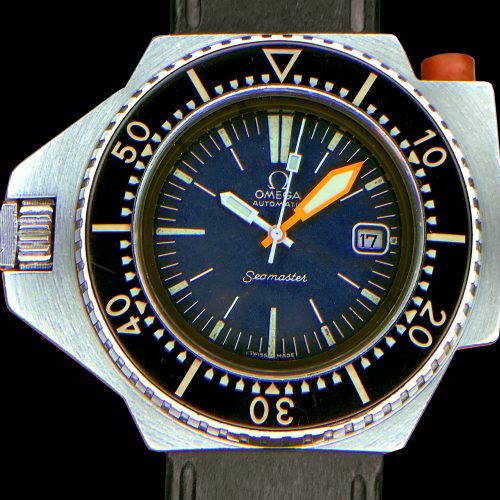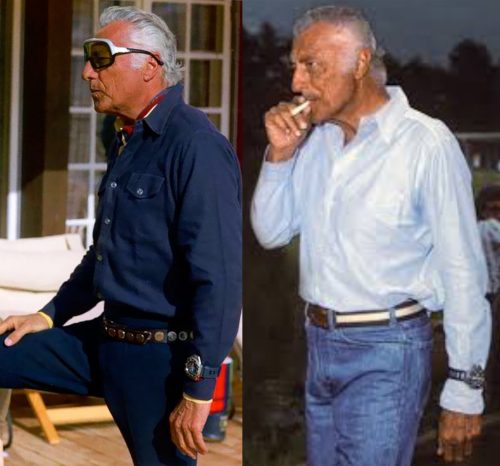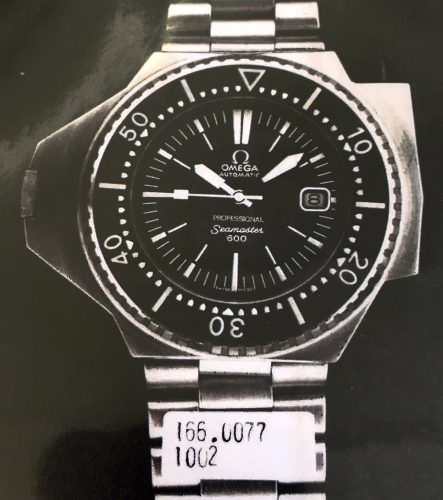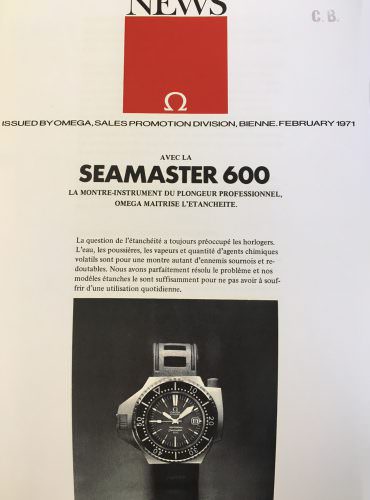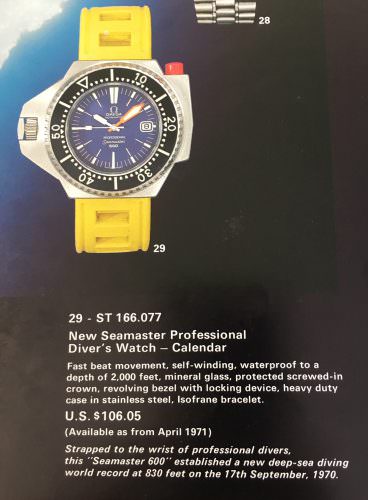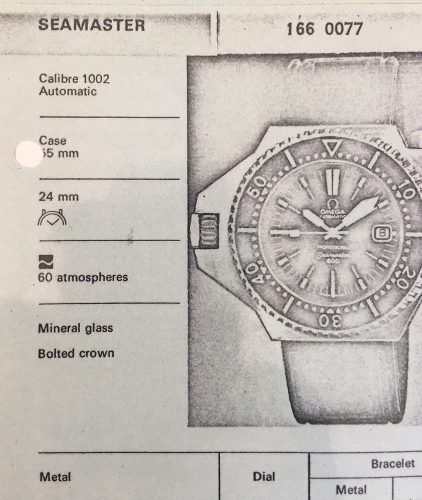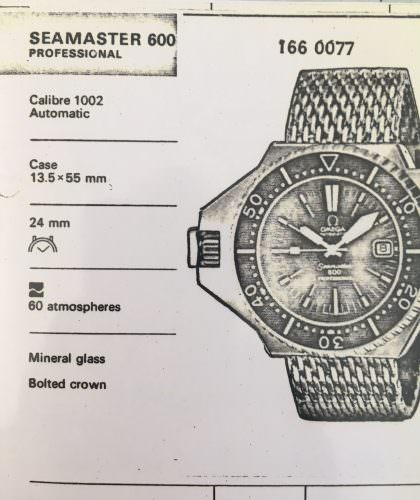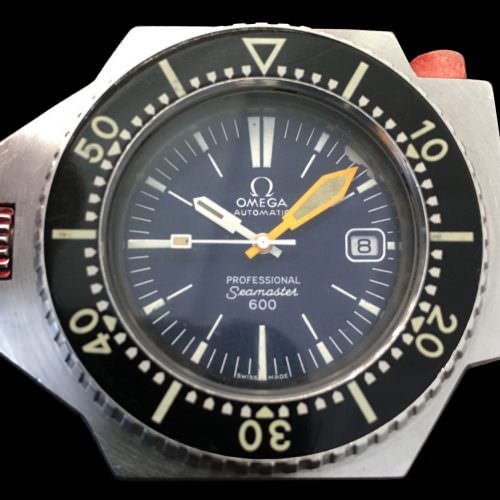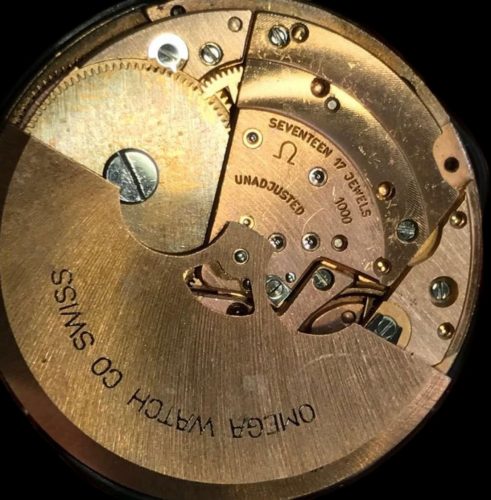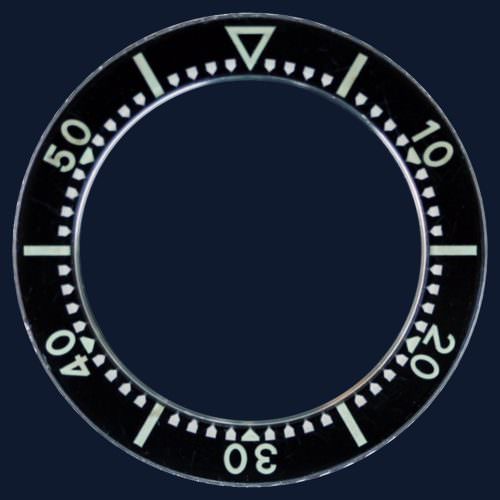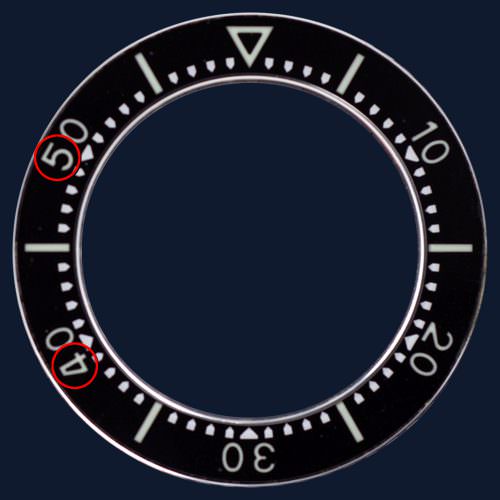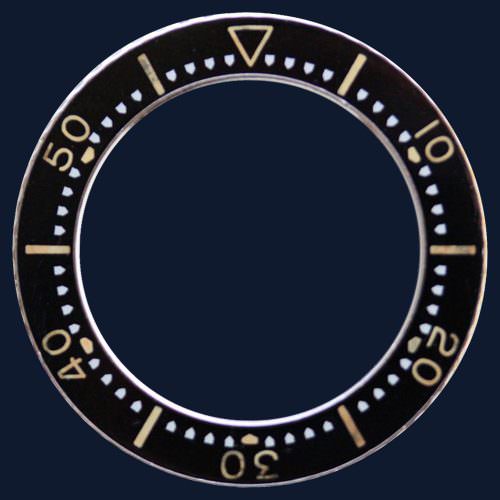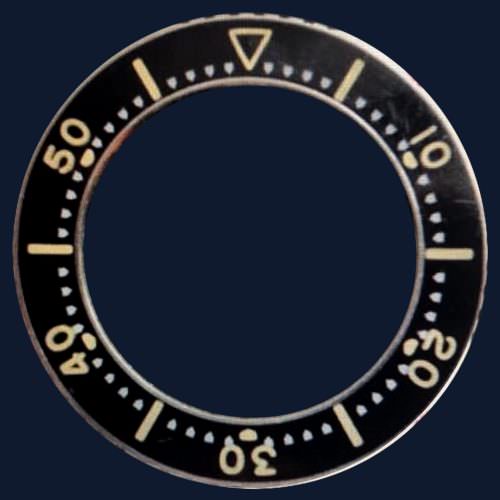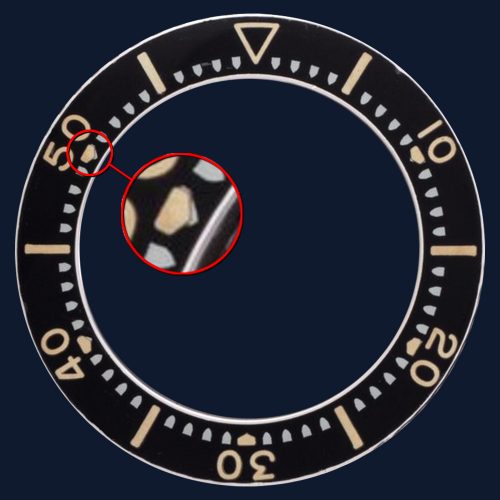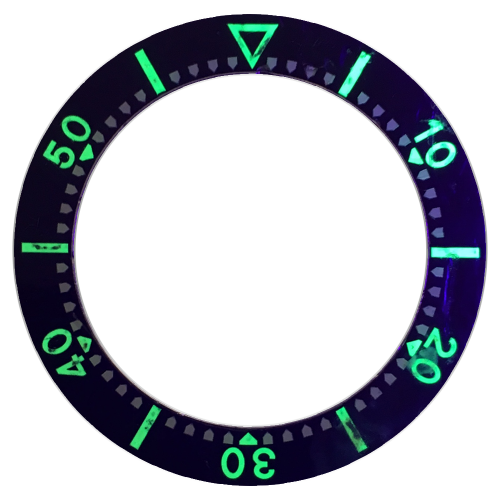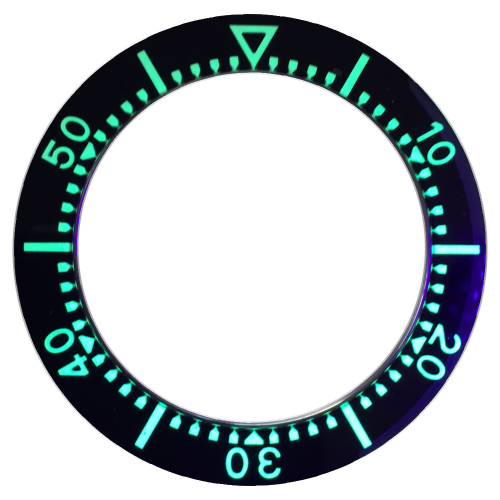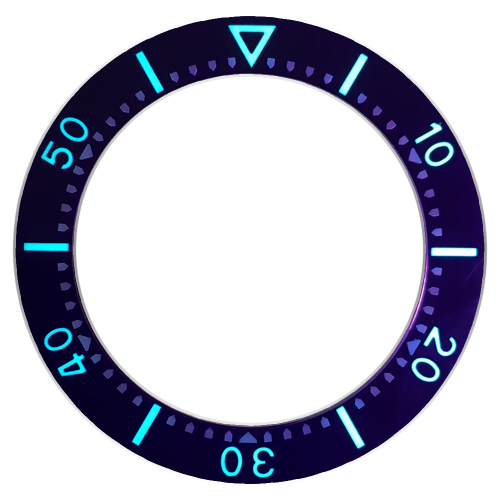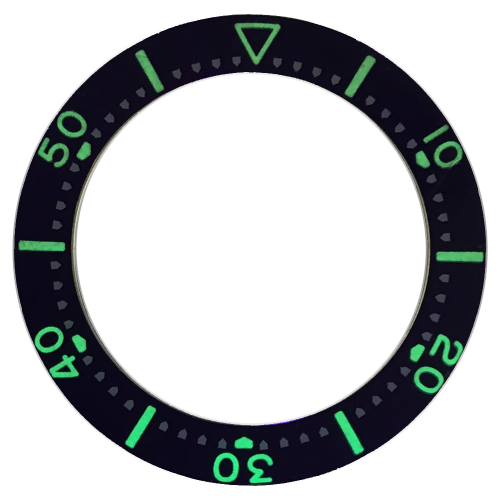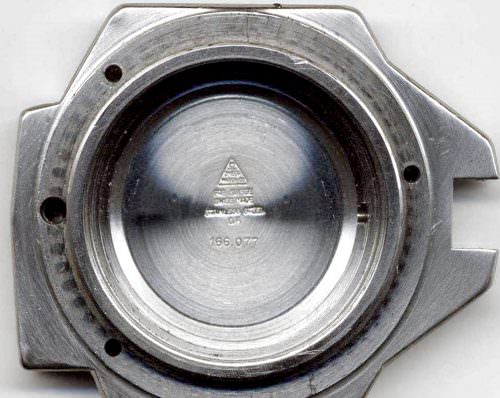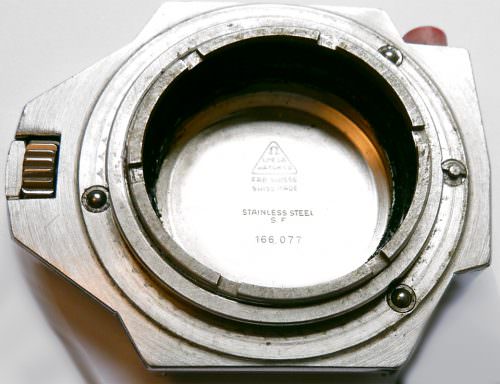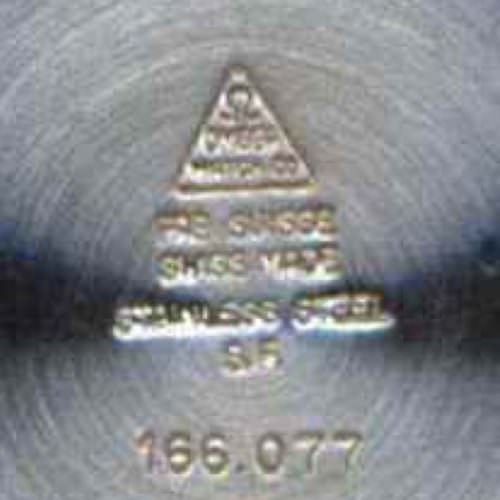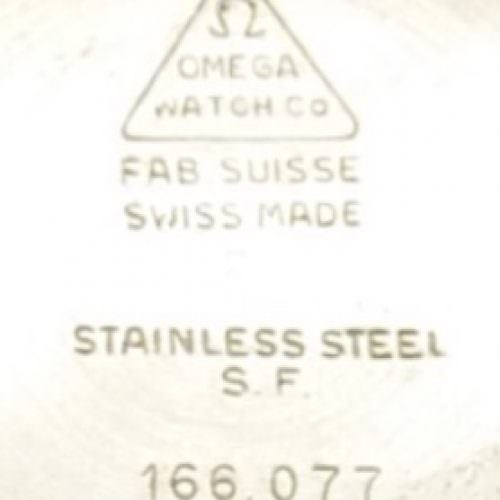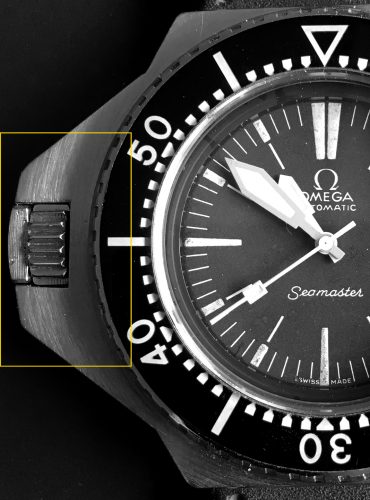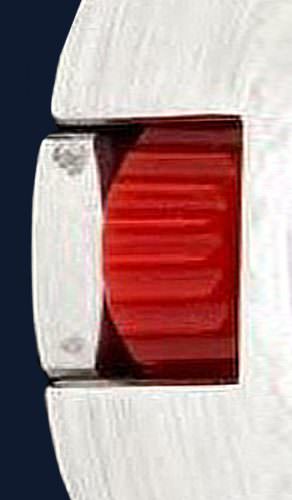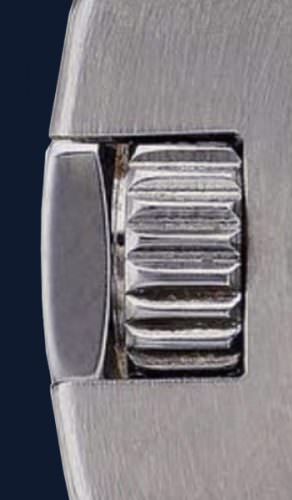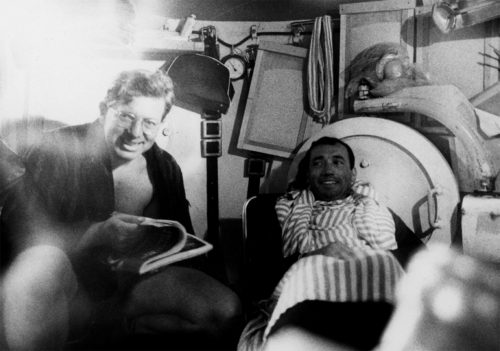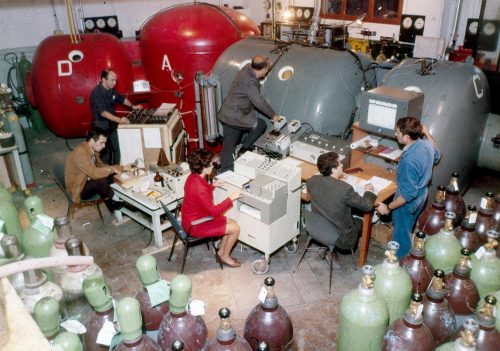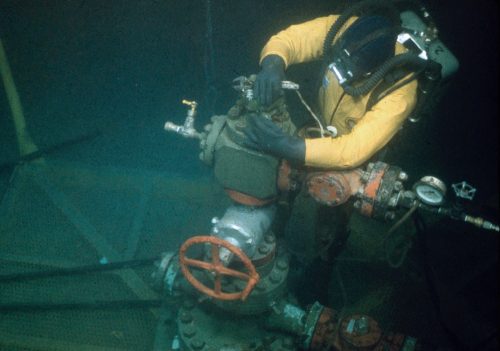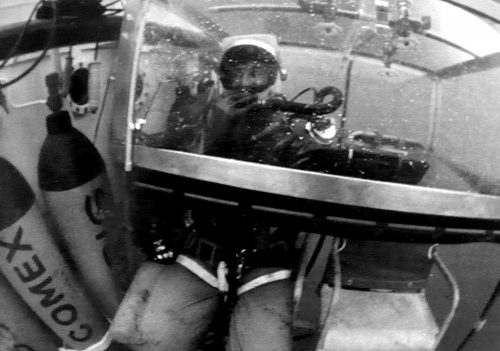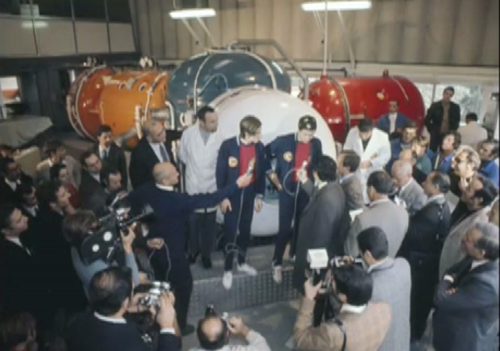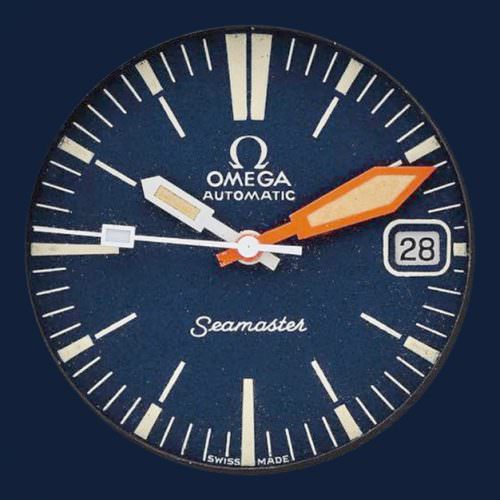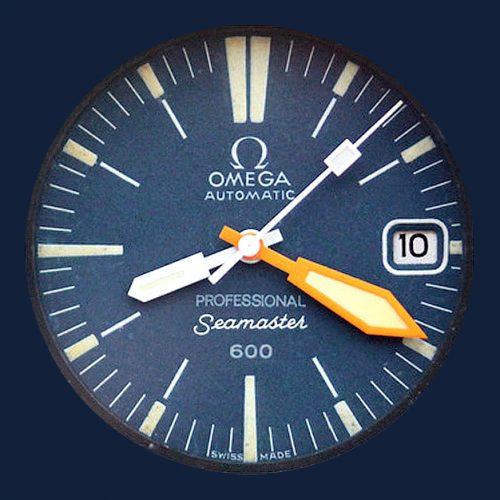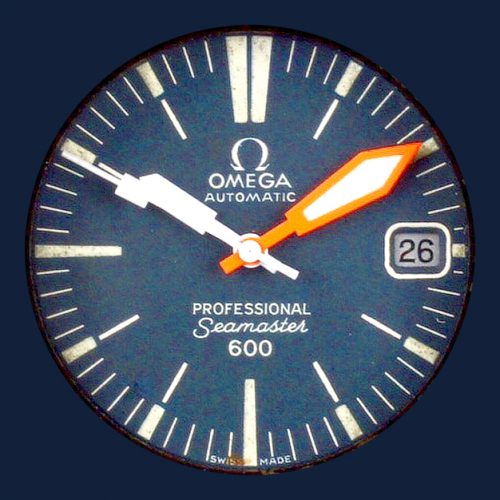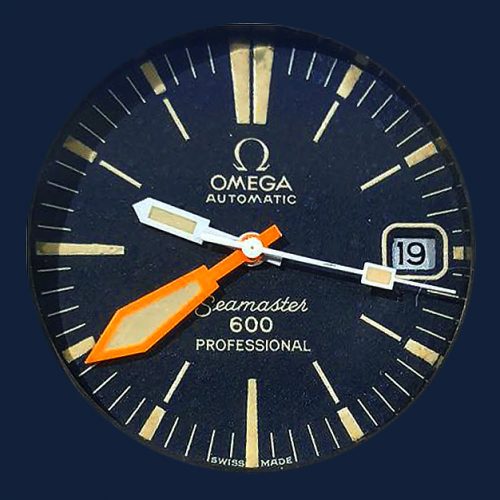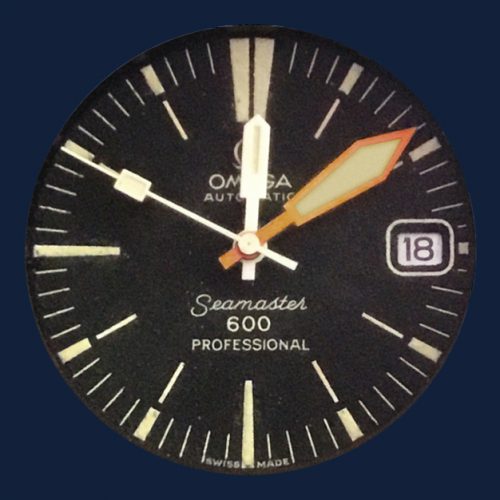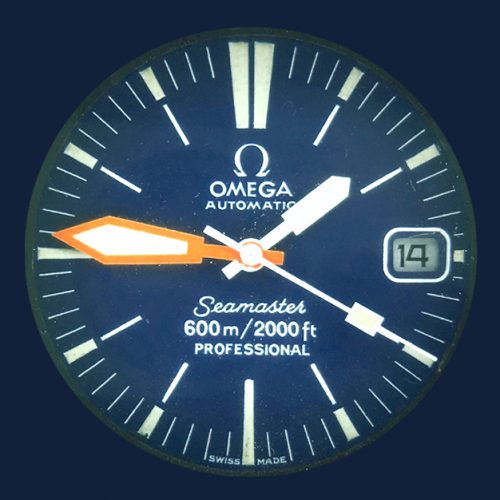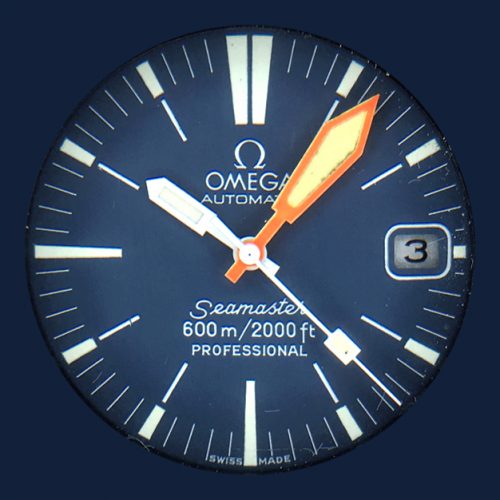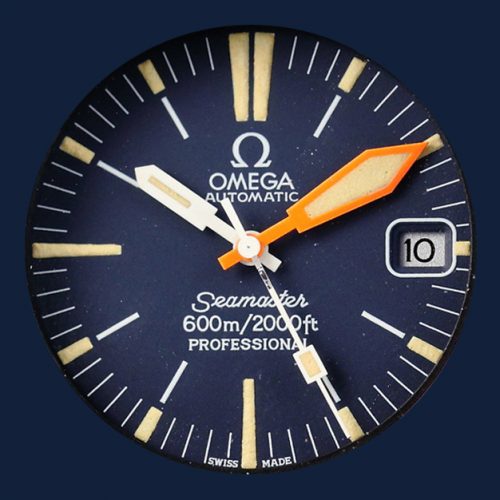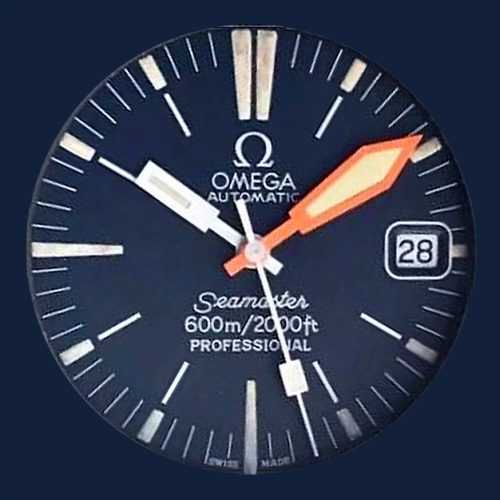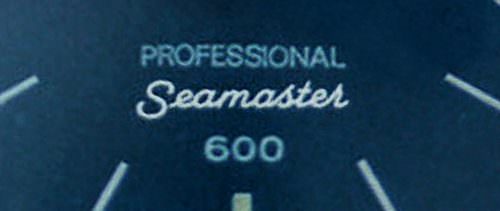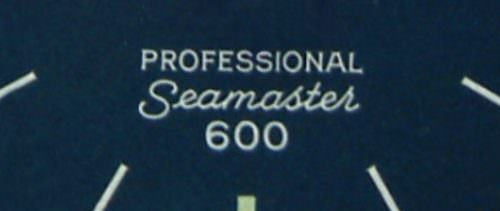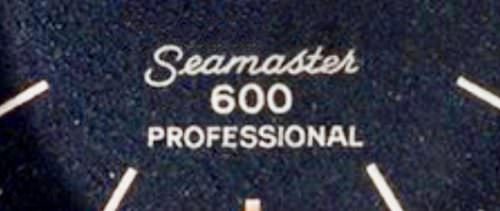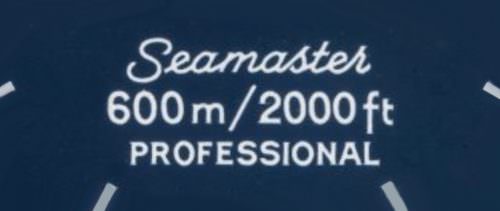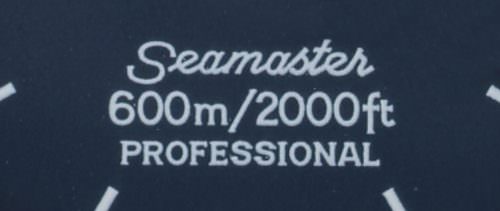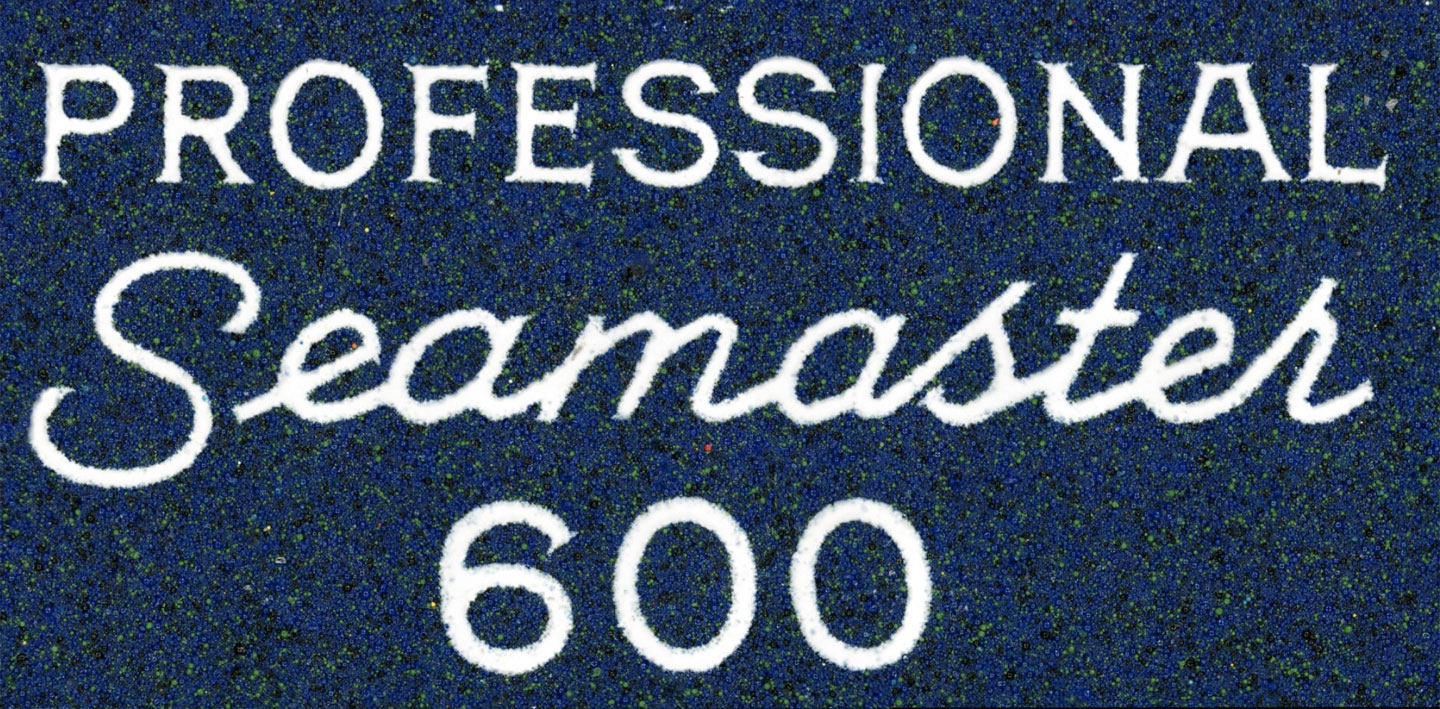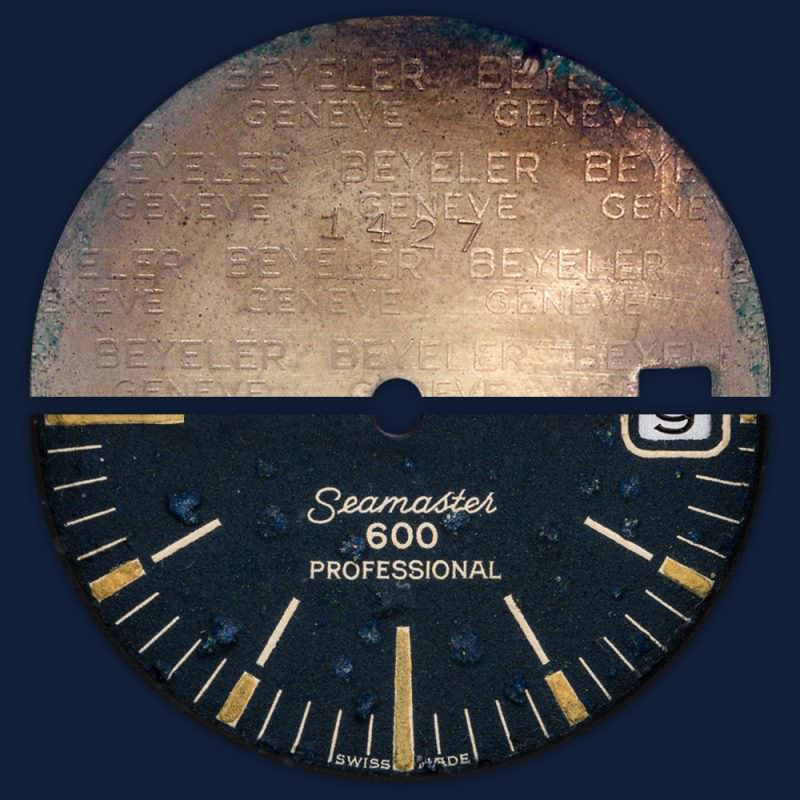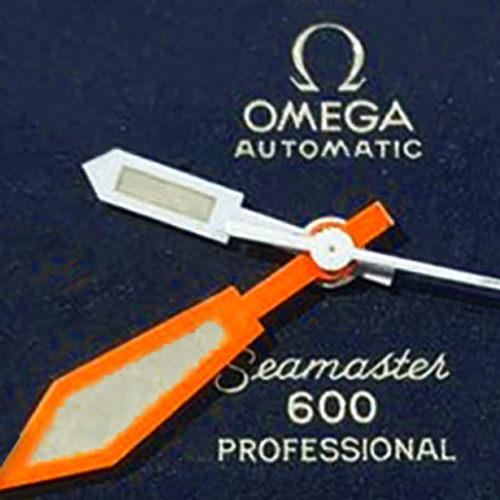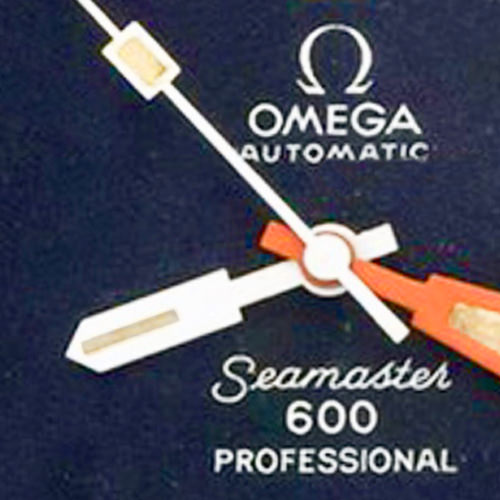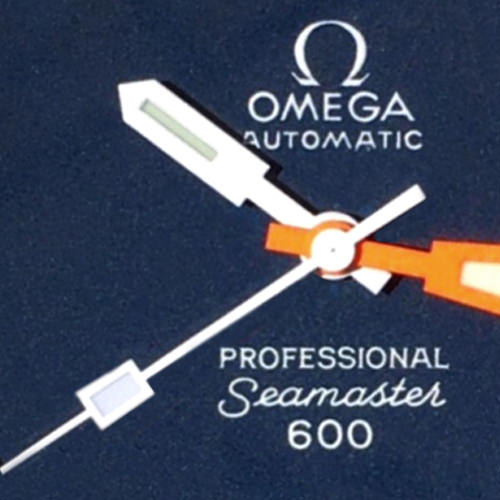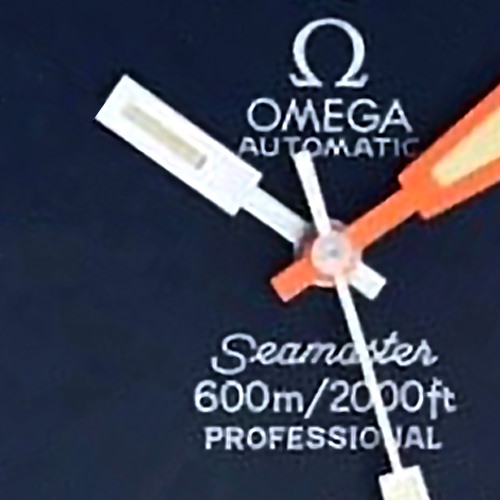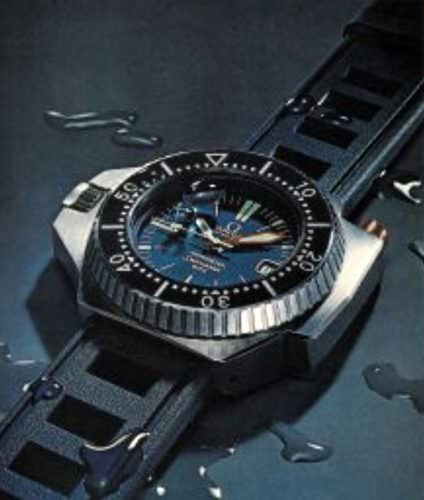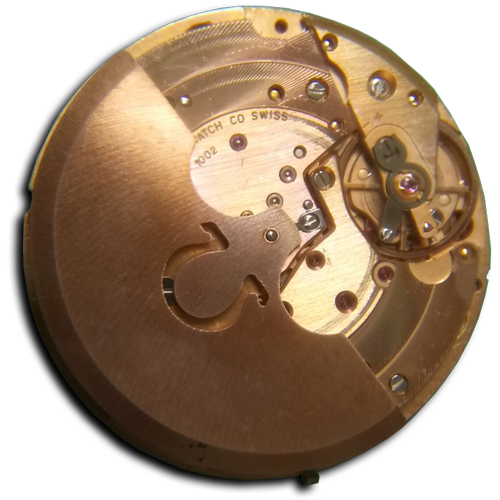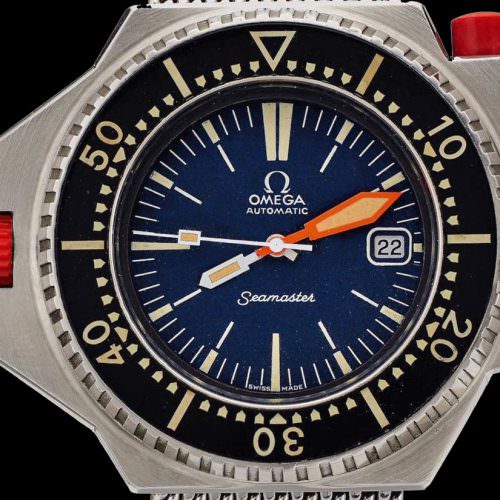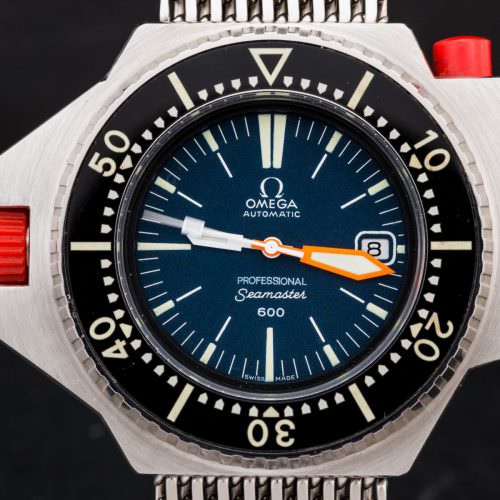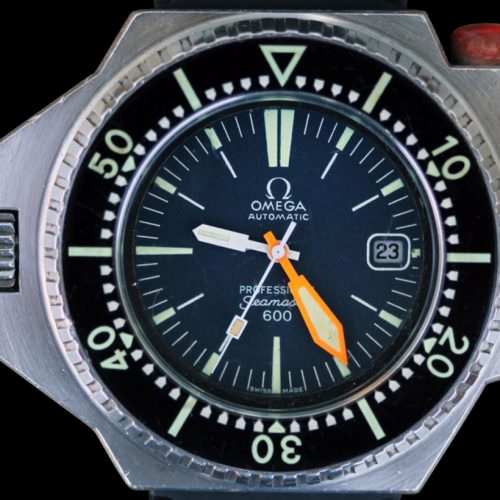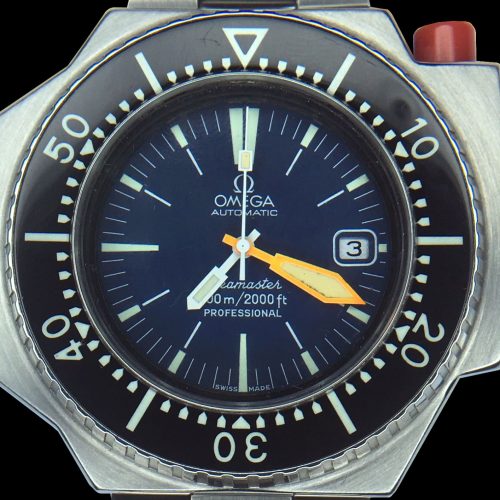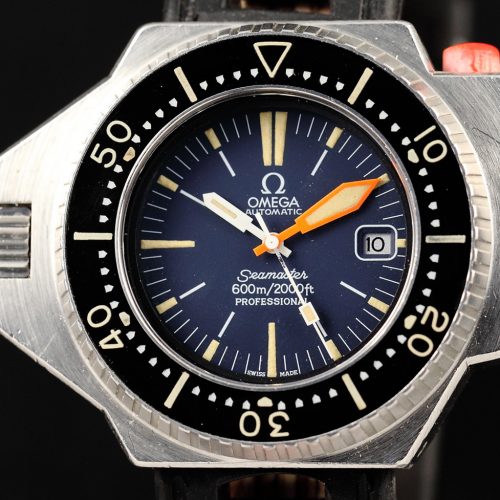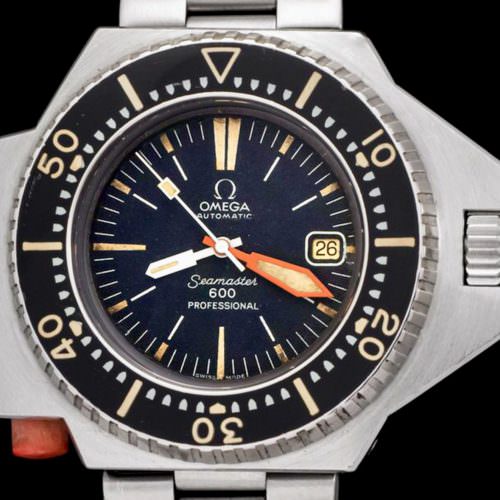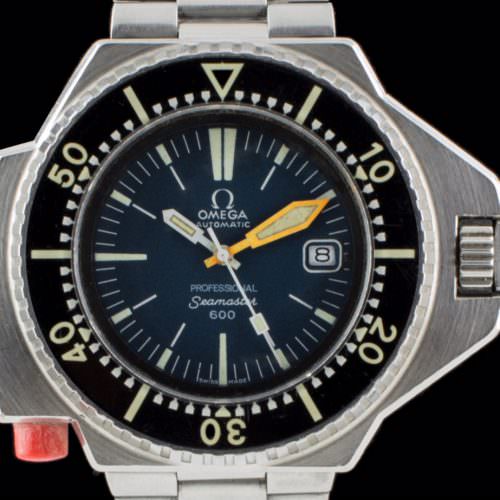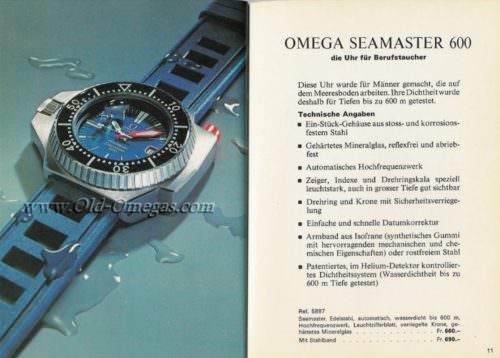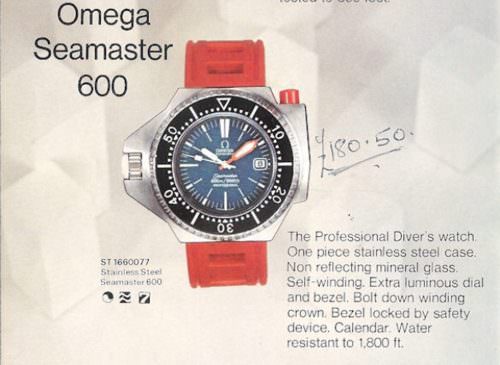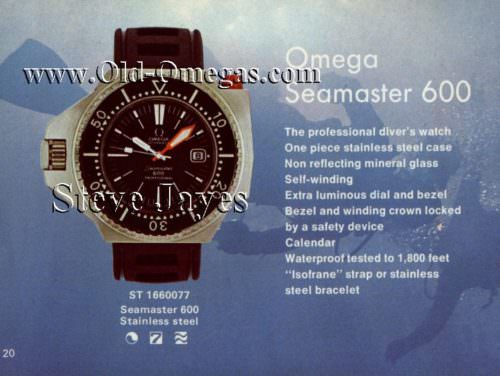Price & Value
Historic values have been skewed by bad research where people have paid higher prices for watches they believe to be early versions.
A watch in good condition with the correct papers or confirmed by archives is worth a premium of at least 20% higher than a regular watch Prototypes are worth £50,000 to £150,000 as confirmed by recent prices.
The prices below are relevant to watches in excellent condition, all original, collector quality and fully original with extract.
Update (2023 ): Yet again new prices are confirming that any watch which is pre-production and has an interesting provenance will go for 5-7 times standard values.
Overprint drop 600. FIRST retail
average condition £5-7000 Good condition £8-15000+
A big range determined by condition and interesting features
Sandwich 600 C CASE 1972
Average condition £6-7000 Good condition £8-£12000+
Sandwich 600 Non-C case 1972/3
Average condition £5-6000 Good condition £7-10,000
Drop 600 1973 …
Average condition £6-7000 Good condition £8-10,000+
Feet and metres 1975…1980
Probably the most common iteration
This watch comes with two bezel versions
Average condition £6-8000 Good condition £9-11,000+
Single line or mono script pre-1971, with correct stud case ex COMEX
For this watch to reach the below values, everything has to be correct.
For this Watch to reach the below values, everything has to be correct. Please note, the dial alone is worth a minimum of €25-€30,000
Average condition £110-£120,000 Good condition £130-£150,000
These watches are extremely difficult to value because it all depends on condition and provenance.
There is currently a very well provenanced and important single line Ploprof 600 known to be used by a named COMEX diver
where the owner has turned down over. £300,000 !!
This site will start to correct prices once the market reevaluates the new information now available. It should be noted that this watch is rarer than most people realise in any original iteration.

